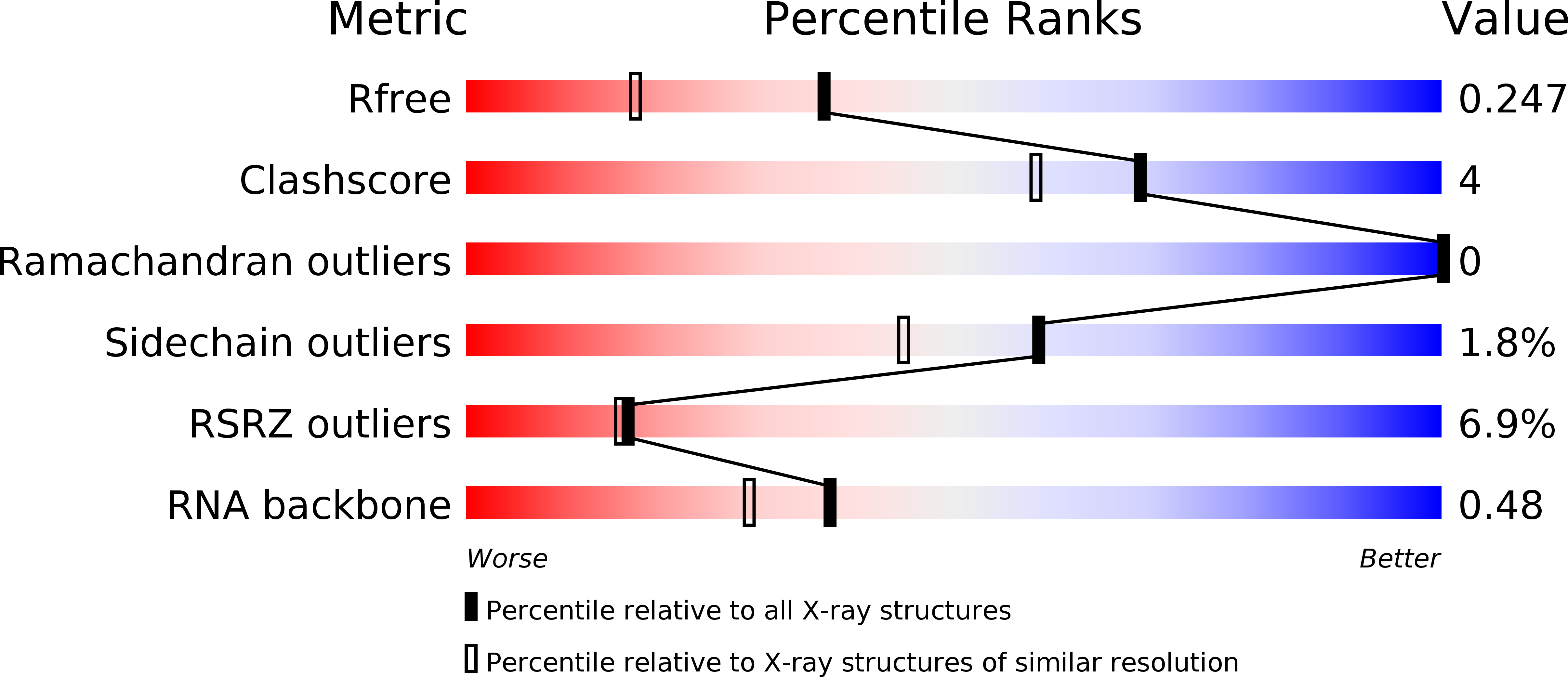
Deposition Date
2005-04-22
Release Date
2006-01-17
Last Version Date
2024-10-16
Entry Detail
PDB ID:
1ZH5
Keywords:
Title:
Structural basis for recognition of UUUOH 3'-terminii of nascent RNA pol III transcripts by La autoantigen
Biological Source:
Source Organism:
Homo sapiens (Taxon ID: 9606)
Host Organism:
Method Details:
Experimental Method:
Resolution:
1.85 Å
R-Value Free:
0.24
R-Value Work:
0.20
R-Value Observed:
0.20
Space Group:
P 21 21 2


